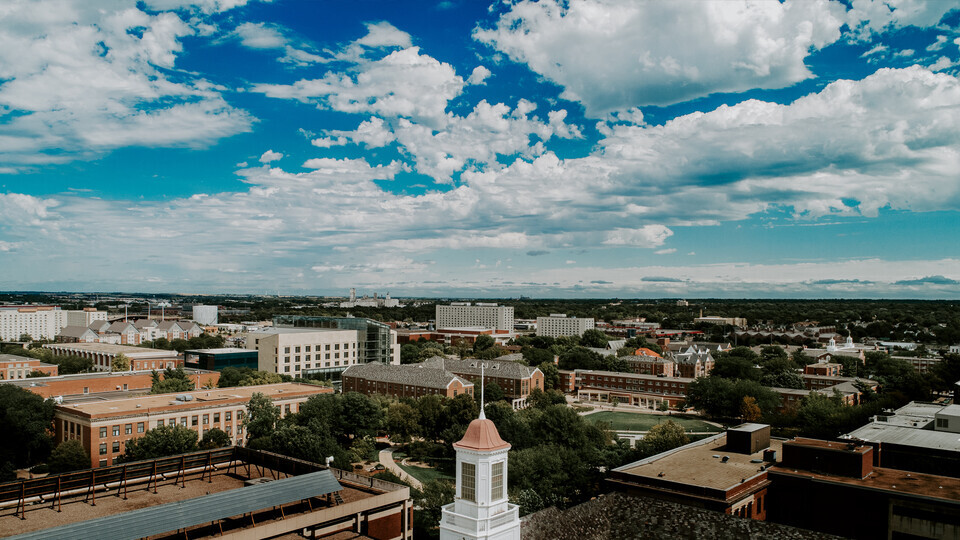
Cork University Press has published a ground-breaking critical anthology, “Romantic-Era Irish Women Poets in English,” edited by Stephen Behrendt, George Holmes Distinguished Professor of English at the University of Nebraska–Lincoln. The collection assembles work originally published between 1778 and 1838.

But what about their early foremothers — poets who were publishing actively some two-plus centuries ago, in the age of Romanticism and a rekindling of Irish nationalism. While some names, such as Mary Tighe and Mary Leadbeater, remain well-known, most have been largely lost, even though nearly 50 Irish women poets published in book form between 1775 and 1835. Their poems reveal both their remarkable poetic versatility and their conspicuous activism on diverse political, religious and socio-economic themes, and on subjects ranging from intimate domestic affairs to broadly public scientific, civic and cultural matters.

While working on his 2009 book, “British Women Poets and the Romantic Writing Community,” Behrendt was struck by the absence of commentary or even historical records concerning all but a few Irish women poets and he undertook to set the historical and literary-critical record straight. “Romantic-Era Irish Women Poets in English,” presents a generous selection of these poets’ works, including numerous longer poems, that have in most cases gone virtually unseen for some two centuries. The poems are carefully annotated and introduced in accessible fashion, together with an equally accessible general introduction that sets the poems and their authors within a variety of historical, cultural and poetic contexts.
Included are long poems like Melesina Trench’s extraordinary “Laura’s Dream;” and “The Moonlanders (1816),” the first science fiction poem in English by a woman, published two years before Mary Shelley’s “Frankenstein” appeared, and “Mӓon: An Irish Tale,” a long narrative in the style of “antique” Irish bardic verse, written by Charlotte Brooke. Included, too, are explicitly political long poems like “The Lemon (1797),” the Irish nationalist Henrietta Battier’s rousing Swiftian satirical attack on the Protestant Ascendancy’s colonialist oppressions.







